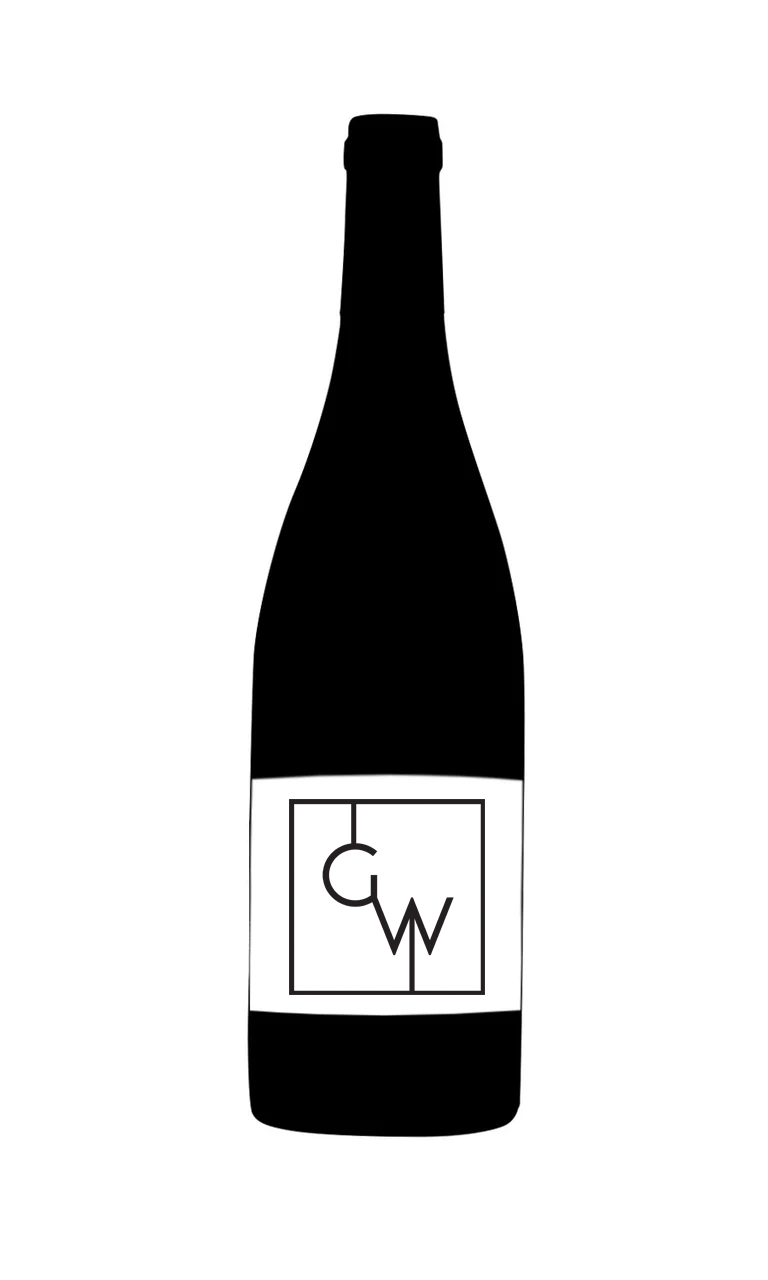Producer
Château Beauséjour Bécot
Like certain Left Bank estates, Ch Beau Séjour Bécot was once part of a larger estate that had been separated into two (the other being Beauséjour Duffau Lagarosse). Located west of the village of St Emilion, it lies next to other sought after properties such as Canon and Angélus.



